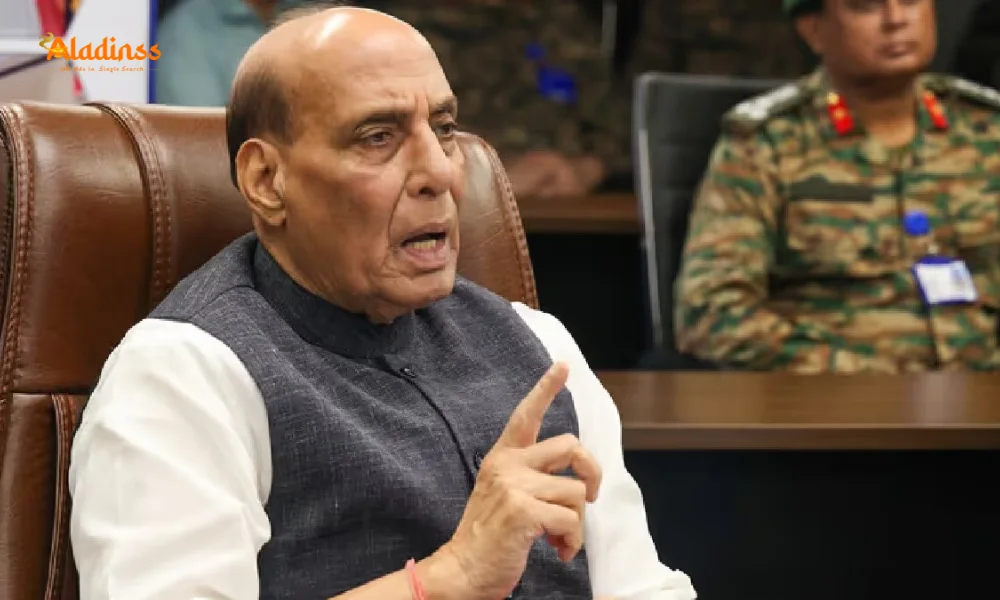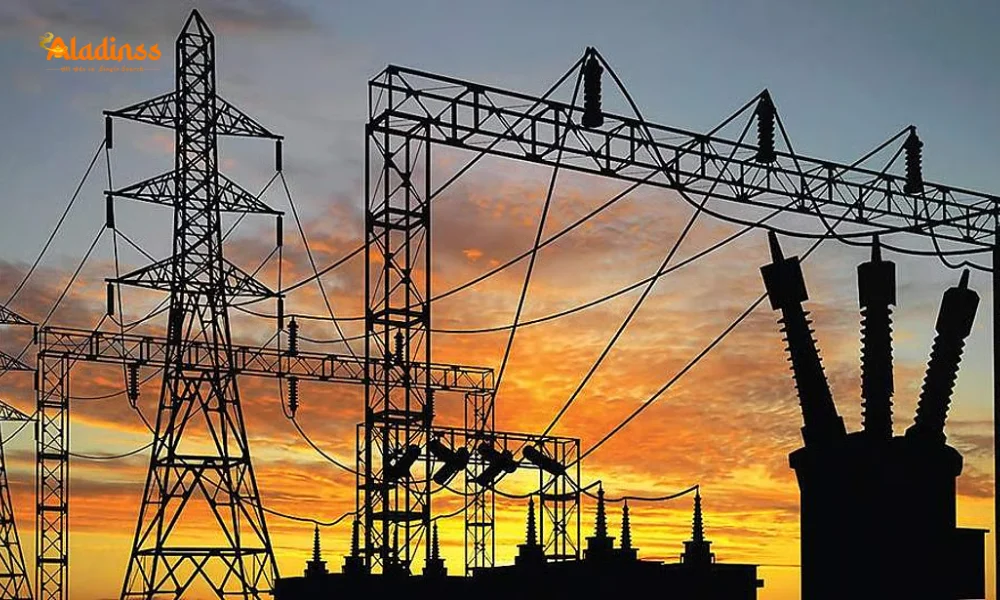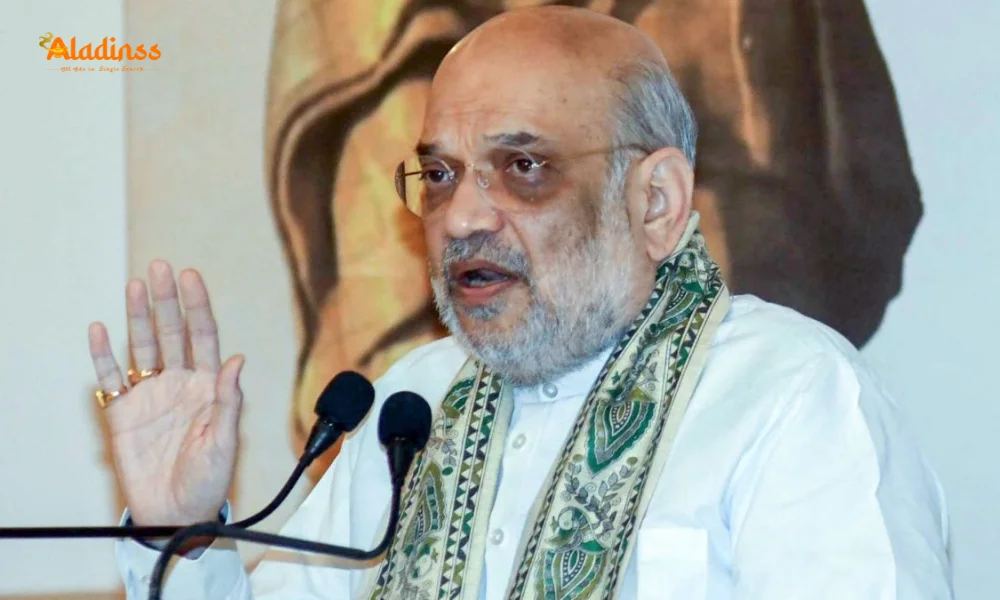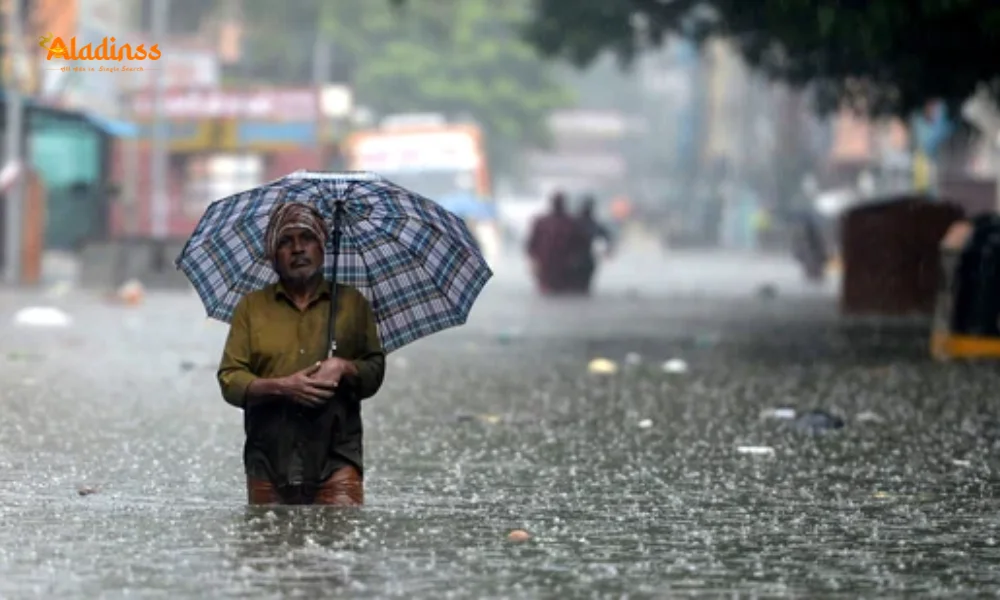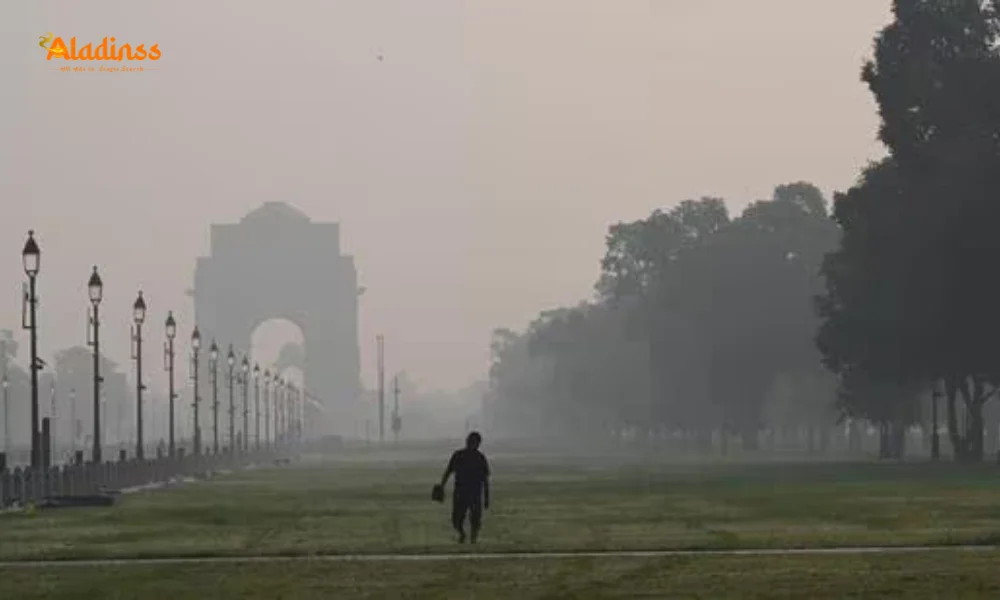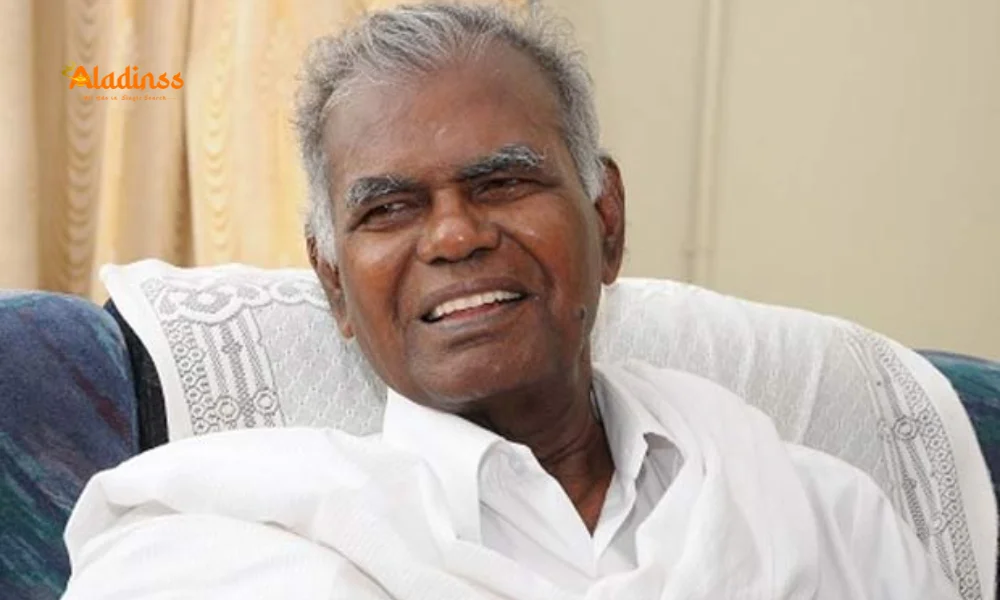Xi’s Secret Talks with Canada & Japan After Trump Deal
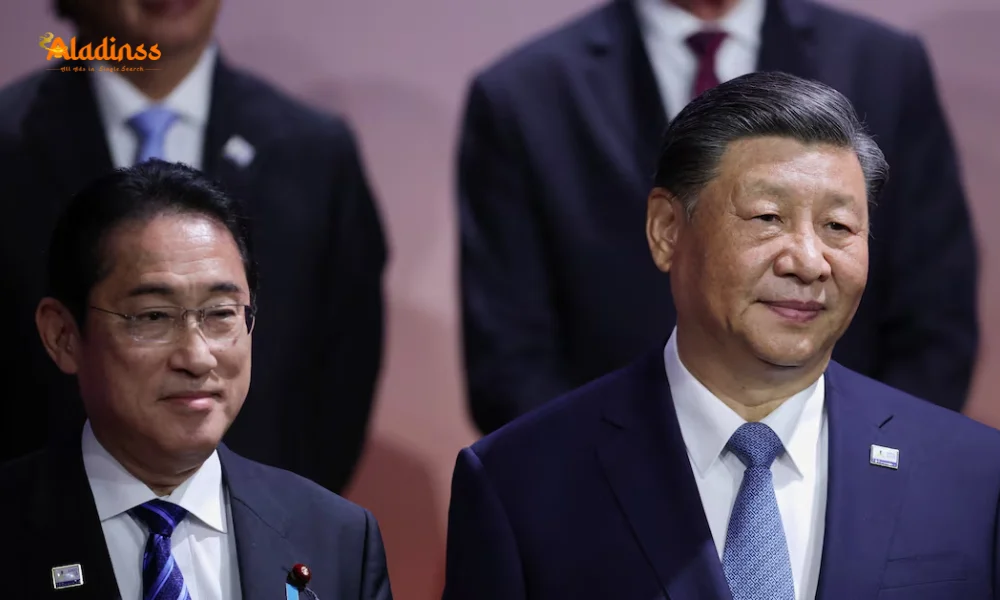
Xi Jinping’s High-Stakes Diplomacy: Meetings with Canada, Japan After Trump Trade Truce
Chinese President Xi Jinping is gearing up for crucial bilateral talks with the leaders of Canada and Japan on the margins of the Asia-Pacific Economic Cooperation (APEC) summit in Gyeongju, South Korea. These high-level engagements follow a fragile trade truce with U.S. President Donald Trump, signaling Beijing’s aggressive push to stabilize ties amid escalating global tensions over trade, technology, and Indo-Pacific security. The Xi Jinping Canada Japan meetings come at a pivotal moment as China navigates economic uncertainty and geopolitical friction.
The APEC summit, hosted by South Korea, serves as a diplomatic stage for Xi to project leadership and counterbalance U.S. influence in the region. With a temporary pause on rare-earth export curbs and lingering disputes with Tokyo and Ottawa, these discussions could reshape regional dynamics. Analysts view the trade ceasefire with Trump as tactical, not strategic-buying time before deeper confrontations resurface.
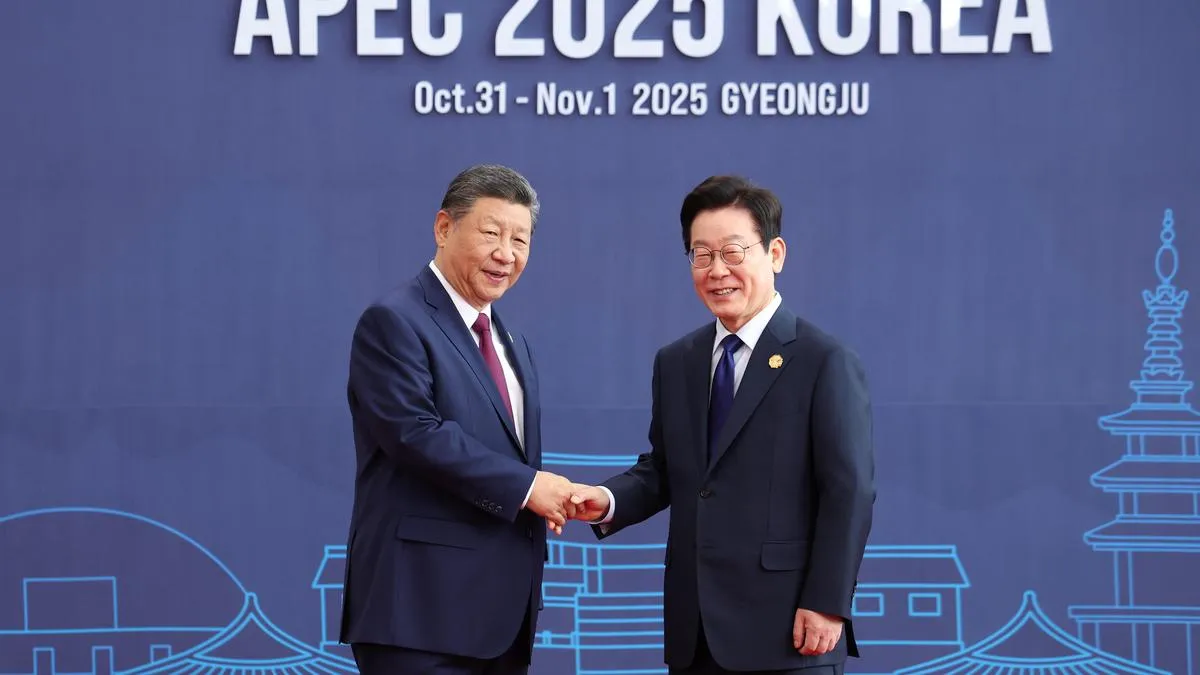
Trade Truce with Trump: A Tactical Pause, Not Peace
The Xi-Trump trade ceasefire, announced during Trump’s Seoul visit, halts new restrictions on China’s rare-earth exports-vital for electric vehicles, defense systems, and green tech. This temporary de-escalation aims to reduce global market volatility ahead of a potential second Trump-Xi summit later this year. However, experts caution that core disputes-market access, intellectual property, national security, and industrial subsidies-remain unresolved.
The truce reflects pragmatic diplomacy on both sides. For China, it prevents immediate supply chain disruptions; for the U.S., it avoids inflation spikes from rare-earth shortages. Yet, the agreement is widely seen as a “pause button,” not a reset. With U.S. elections looming and China facing domestic slowdown, both leaders are playing for time.
This backdrop sets the tone for Xi Jinping’s meetings with Canadian Prime Minister Mark Carney and Japanese Prime Minister Sanae Takaichi. Beijing hopes to leverage the APEC platform to isolate U.S. pressure by strengthening ties with key Indo-Pacific players.
Xi Meets Japan’s Hawkish New PM Sanae Takaichi: Tensions on the Table
One of the most anticipated Xi Jinping Japan meetings will be his first face-to-face with Prime Minister Sanae Takaichi, Japan’s newly elected leader known for her hardline stance on China. A vocal advocate for military buildup and deeper U.S.-Japan-Australia-India (Quad) cooperation, Takaichi has rattled Beijing with calls to counter “Chinese aggression” in the East China Sea and Taiwan Strait.
Key agenda items include:
- Japan’s demand for the release of detained Japanese nationals in China
- China’s import bans on Japanese seafood post-Fukushima wastewater release
- Tokyo’s concerns over Chinese military drills near Senkaku Islands
- Japan’s push for supply chain diversification away from China
Despite political friction, economic interdependence binds the two nations. China remains Japan’s top trading partner, with bilateral trade exceeding $300 billion annually. Takaichi must balance nationalist rhetoric with business interests-Japanese automakers, electronics giants, and retailers rely heavily on Chinese markets and manufacturing.
Analysts predict a tense but restrained dialogue. Xi may offer minor concessions on food imports to ease pressure, while Takaichi will likely reaffirm Japan’s alignment with U.S. Indo-Pacific strategy. A joint statement is unlikely; symbolic handshakes will dominate headlines.
Canada’s Mark Carney Seeks Thaw in Frosty China Ties
The Xi Jinping Canada meeting with Prime Minister Mark Carney offers a rare chance to mend bilateral relations strained by trade wars, detainee disputes, and ideological clashes. A former Bank of England governor and political newcomer, Carney has prioritized economic diversification and pragmatic diplomacy-making this summit a litmus test for his foreign policy.
Canada-China trade, worth over $110 billion yearly, has suffered from tit-for-tat tariffs. Beijing imposed anti-dumping duties on Canadian canola, while Ottawa slapped tariffs on Chinese EVs and steel. Carney aims to reopen market access, secure investment in critical minerals, and resolve consular cases involving Canadian detainees in China.
Both sides have tempered expectations. Chinese officials call it a “trust-rebuilding exercise,” while Canadian diplomats describe it as “reopening channels.” Still, progress on canola exports or EV tariff reductions could signal a genuine thaw.
Carney’s background in finance may help. He understands China’s role in global commodity chains and could push for joint climate finance initiatives-aligning with Beijing’s green tech dominance and Canada’s net-zero ambitions.
APEC 2025: Beyond the Handshakes-Supply Chains, Climate, and Power Plays
The APEC summit in Gyeongju, hosted by President Lee Jae-myung, officially focuses on supply-chain resilience, digital trade, and climate cooperation. But beneath the rhetoric, intense diplomatic maneuvering is underway. Lee warned against “economic fragmentation into rival blocs,” implicitly criticizing U.S.-led decoupling efforts.
China is using APEC to:
- Promote the Belt and Road Initiative (BRI) in the Asia-Pacific
- Push for RCEP expansion and CPTPP accession
- Position itself as a stable alternative to U.S. volatility
- Counter accusations of manufacturing overcapacity
Meanwhile, Japan and Canada-both U.S. allies-are hedging. Tokyo deepens Quad and AUKUS ties; Ottawa explores Indo-Pacific trade deals. Xi’s bilateral outreach aims to prevent a unified anti-China front.
China’s Domestic Pressures Shape Foreign Policy
Xi’s diplomatic blitz occurs against a challenging domestic backdrop. GDP growth has slowed to ~4.5%, real estate giants teeter on bankruptcy, youth unemployment exceeds 15%, and foreign investors remain cautious. Stabilizing external relations is critical to restoring confidence.
The trade truce with Trump and outreach to Japan and Canada serve dual purposes: secure export markets and attract FDI. Rare-earth export stability, in particular, reassures EV and tech firms dependent on Chinese supply chains.
Beijing also seeks to counter narrative dominance by the West. State media will frame Xi’s APEC diplomacy as proof of China’s indispensable global role-especially as Trump returns to tariff threats and protectionism.
What’s at Stake? Global Trade Order in Flux
The outcome of Xi Jinping Canada Japan meetings could influence:
- Rare-earth supply stability for EVs and defense
- Seafood and agricultural trade flows
- Investment in Canadian critical minerals (lithium, cobalt)
- Japan’s stance on Taiwan and South China Sea
- APEC’s ability to prevent trade bloc fragmentation
A successful summit could delay escalation in U.S.-China rivalry. Failure risks accelerated decoupling, with Japan and Canada aligning more closely with Washington’s “friendshoring” strategy.
Analysts’ Verdict: Cautious Optimism, High Risks
Experts remain skeptical of lasting breakthroughs. The Trump-Xi truce is fragile; Takaichi’s hawkishness limits concessions; Carney’s inexperience may hinder bold deals. Yet, the mere fact of dialogue-at leader level-prevents immediate crisis.
As one Beijing-based diplomat said: “This is crisis management, not vision building.” Still, in a world of tariffs, tech bans, and territorial disputes, managing crisis is progress.
The next few months-leading to a possible Trump-Xi summit-will reveal whether APEC 2025 marked a turning point or merely a photo-op in a deteriorating global order.
Comment / Reply From
No comments yet. Be the first to comment!
